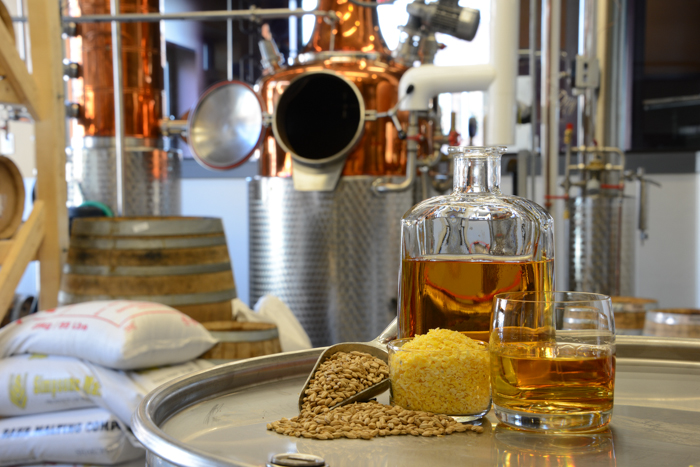Selecting Malt for a Whiskey Mashbill

Malt can constitute anywhere from approximately 10% to 100% of a whiskey mashbill. Its role can be simply a natural source of enzymes with which to convert starches, a source of extract in its own right, and a cornerstone of the sensory profile of the finished product, lending flavors of honey, biscuit, grain, earthiness, and smoke, among many others.
Malt selection will be dictated at least in part by the style of whiskey being produced as well as the other constituents of the mashbill: a corn whiskey with 80% unmalted grain and a straight malt whiskey will have very different needs.
For conversion power in a cereal mash, consider a high DP (diastatic power) distillers’ malt. High DP malts are processed to maximize enzymatic capability and typically have a higher husk fraction than brewing malts, making them better suited to a gristbill with lots of unmalted grain. Although high DP malts do not have the flavor contribution or extract potential of other base malts, they furnish a high amylase content and are capable of converting large percentages of unmalted grains or other starch sources. For applications using a high fraction of corn, wheat, or rye flakes, or where the use of exogenous enyzmes may not be desired, we recommend High DP Distillers Malt from Rahr or Simpsons.
In mashes where more yield and/or flavor contribution is wanted from the malt, the distiller has many choices. Specialized distilling malts, such as those from Malting Company of Ireland and Weyermann, deliver both excellent extract plus enzymatic power, while malts made from barleys such as Maris Otter and Golden Promise contribute rich character to traditional malt whiskies.